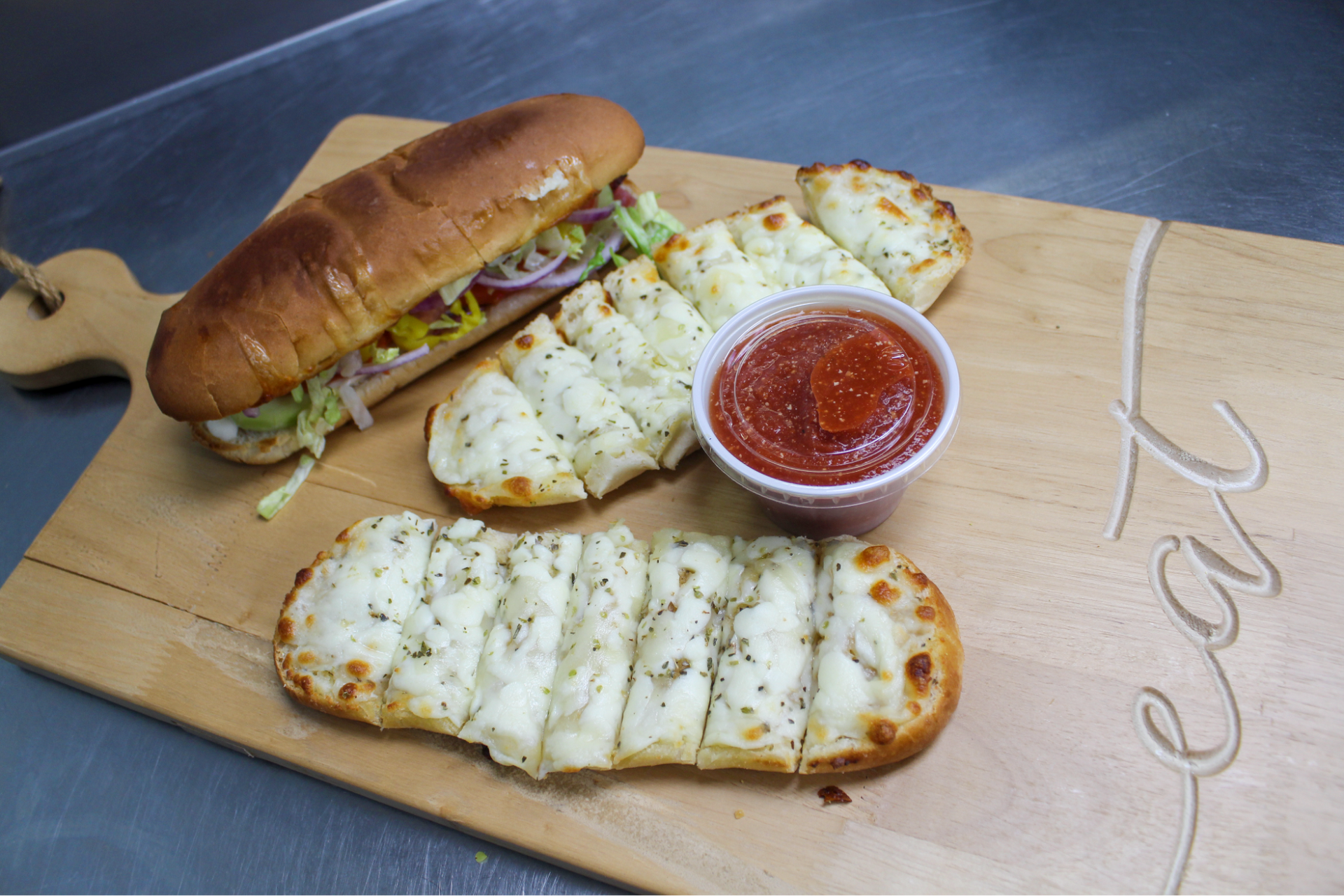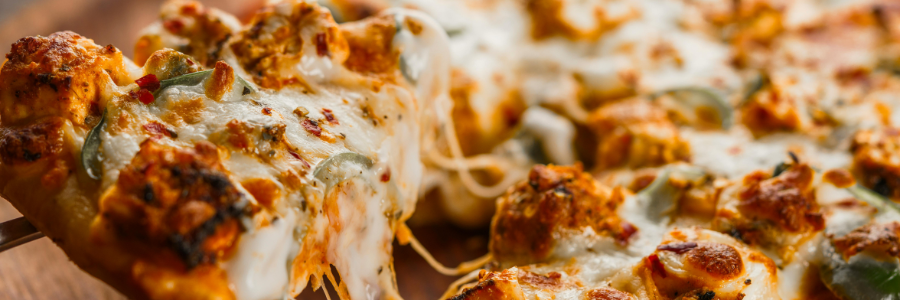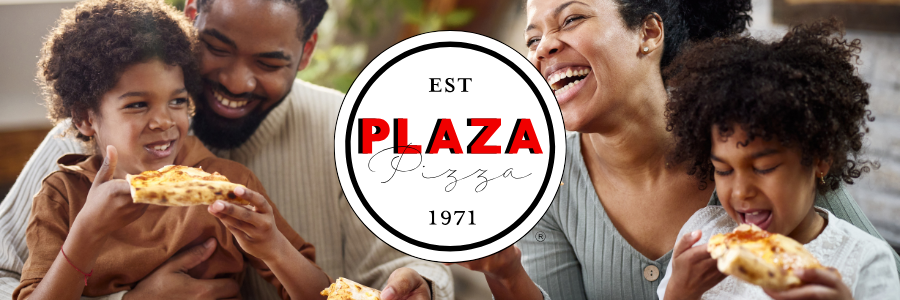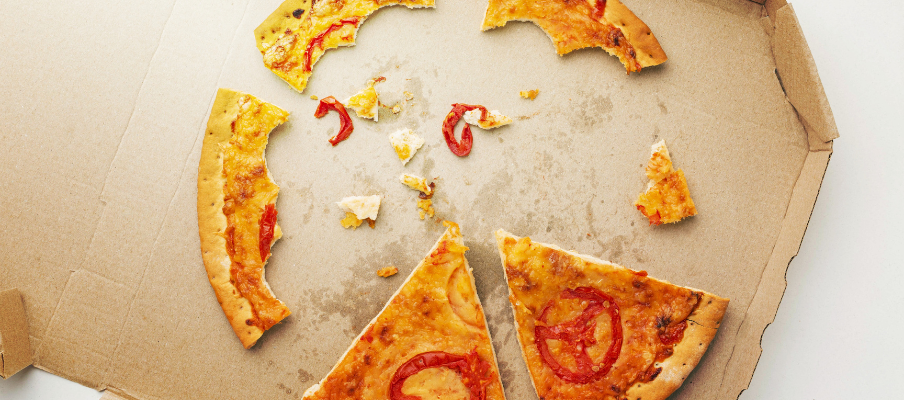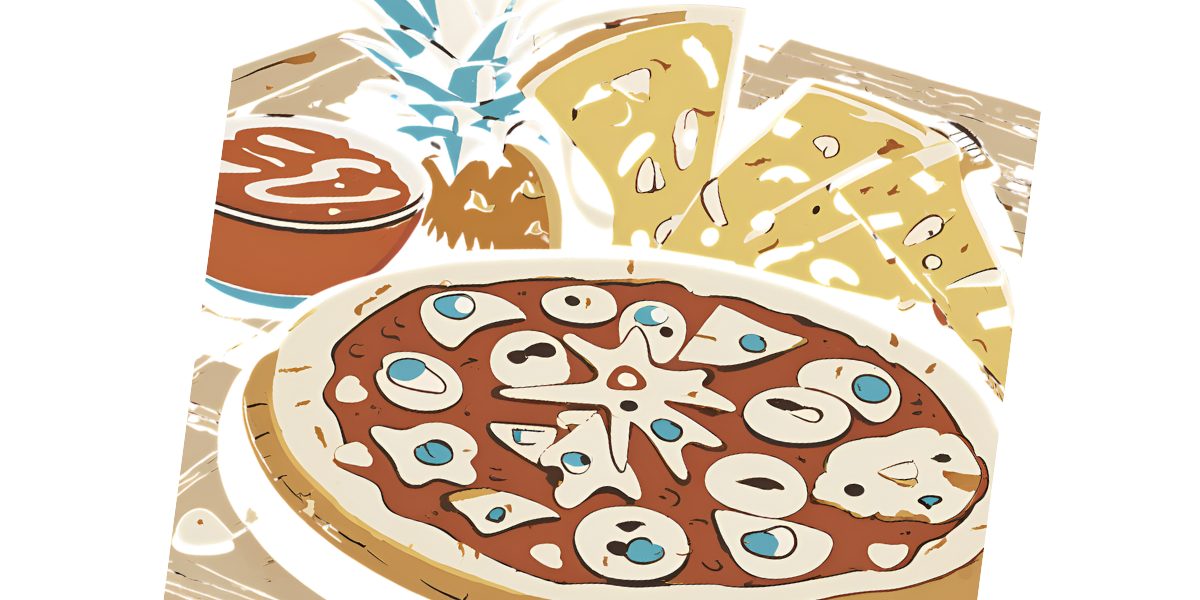Can You Freeze Pizza? How to Freeze Leftover Pizza
If you're a pizza lover, you've faced the dilemma of having leftover slices from your favorite pizza joint. Instead of tossing those delicious pieces, you might wonder: Can you freeze pizza? The short answer is yes: freezing pizza is a great way to preserve its flavor and texture for another meal. When enjoying the best pizza in Ohio and treating yourself to something from the Plaza Pizza menu, learning to freeze leftovers properly can save you time and money. Let’s dive into the steps for freezing and reheating pizza to maintain that fresh-out-of-the-oven taste.
1. Why Freeze Pizza?
Freezing pizza offers several benefits, especially when you've ordered more than you can eat in one sitting. Here’s why freezing pizza is a good idea:
- Prevents Waste: When you order from the Plaza Pizza menu and can’t finish everything, freezing your leftovers ensures nothing goes to waste.
- Convenience: Having frozen pizza slices on hand gives you a quick and easy option for a snack.
- Saves Money: Instead of throwing away uneaten pizza, you can freeze it and enjoy it later, maximizing the value of your pizza purchase from the best pizza in Ohio.
2. Steps to Freeze Leftover Pizza
Freezing leftover pizza is easy, but doing it correctly will ensure that the pizza maintains its taste and texture. Follow these steps to freeze your pizza like a pro:
Step 1: Cool the Pizza Completely
Before freezing, allow the leftover pizza to cool to room temperature. Freezing hot or warm pizza can cause ice crystals to form, which will affect the texture of the pizza when reheated.
Step 2: Wrap Each Slice Individually
To prevent freezer burn and maintain the pizza’s flavor, wrap each slice tightly in plastic wrap. This will seal in the moisture and keep air out. If you’re freezing multiple slices, you can also stack them with parchment paper in between to prevent them from sticking together.
Step 3: Use Freezer Bags or Containers
After wrapping each slice in plastic wrap, place the slices in a freezer-safe ziplock bag or an airtight container. Label the bag or container with the date so you know how long the pizza has been frozen. For optimal taste and freshness, frozen pizza is best eaten within 1 to 2 months.
Step 4: Freeze the Pizza
Place the wrapped slices into your freezer. Make sure the pizza lies flat to prevent the slices from bending or breaking.
3. How to Reheat Frozen Pizza
Freezing pizza is only half the process—reheating it correctly is just as important to ensure that it tastes as good as it did on day one. Here are three methods for reheating frozen pizza:
Method 1: Oven
The oven is the best method for reheating frozen pizza to retain its crispy crust and melty cheese. Here’s how:
- Preheat your oven to 375°F (190°C).
- Place the frozen pizza slices on a baking sheet lined with parchment paper.
- Bake for 10-15 minutes, or until the cheese is bubbly and the crust is crispy. This method works particularly well for pizza from local favorites, like the best pizza in Ohio, as it revives that fresh-baked taste.
Method 2: Skillet
If you're in a hurry, the skillet method is quick and helps keep the crust crispy.
- Heat a skillet over medium heat.
- Place the frozen pizza slice in the skillet and cover with a lid.
- Heat for 5-7 minutes, or until the cheese melts and the crust is warmed through. This method is perfect if you’re reheating one or two slices and want a quick fix without turning on the oven.
Method 3: Microwave
While not the ideal method, the microwave can work if you're in a rush. To prevent a soggy crust, place a microwave-safe cup of water next to your pizza slice in the microwave. This helps absorb excess moisture and keeps the crust a little crispier.
- Microwave the pizza slice on high for 1-2 minutes or until the pizza is heated through.
4. Tips for Freezing Different Types of Pizza
When you order from the Plaza Pizza menu, you may get different kinds of pizza with various toppings and crust styles. Here are a few tips to consider when freezing specific types of pizza:
- Vegetable Pizza: If your pizza has a lot of fresh veggies, they may become watery when reheated. To avoid sogginess, consider blotting the toppings with a paper towel after reheating to remove excess moisture.
- Cheese Pizza: Cheese pizza freezes and reheats very well. The cheese might separate a little during the reheating process, but using the oven method can help restore that gooey texture.
- Thin-Crust Pizza: Thin-crust pizza can be more delicate, so make sure the slices are laid flat when freezing to avoid breaking the crust. Reheating in the oven or skillet helps to retain its crispy texture.
5. How Long Can You Freeze Pizza?
Frozen pizza, when stored correctly, can last in the freezer for up to 2 months without losing too much flavor or texture. Beyond this point, the quality may start to decline, but the pizza will still be safe to eat for up to 6 months. The key is to store it in an airtight container and avoid freezer burn. After all, if you've ordered from the best pizza in Ohio, you want to ensure those flavors are preserved as much as possible!
Conclusion
Can you freeze pizza? Absolutely! Freezing leftover pizza is a great way to extend the life of your slices and ensure nothing goes to waste. Whether you’ve enjoyed a pizza from the Plaza Pizza menu and a slice of the best pizza in Ohio, following these steps will help you enjoy your leftovers without sacrificing taste or texture.
The next time you order too much pizza, don’t hesitate to freeze the leftovers—just remember to follow the proper steps and techniques to ensure your pizza tastes just as delicious when you’re ready to enjoy it again!
How long can I freeze leftover pizza?
Pizza can be safely frozen for up to 2 months without losing much flavor or texture. Beyond that, while it's still safe to eat, the quality may start to decline.
What's the best way to reheat frozen pizza?
The best way to reheat frozen pizza is in the oven at 375°F for 10-15 minutes. This ensures a crispy crust and evenly melted cheese.
Can I freeze pizza with a lot of toppings?
Yes, you can freeze pizza with toppings. Just be aware that some toppings, like fresh vegetables, may release moisture when reheated, which could make the pizza a little soggy.
Should I thaw frozen pizza before reheating?
It's not necessary to thaw frozen pizza before reheating. You can bake or reheat frozen pizza directly from the freezer.
FREQUENTLY ASKED QUESTIONS
